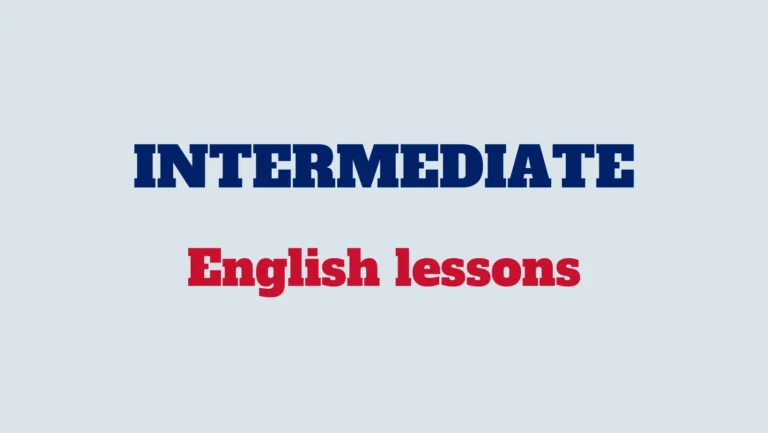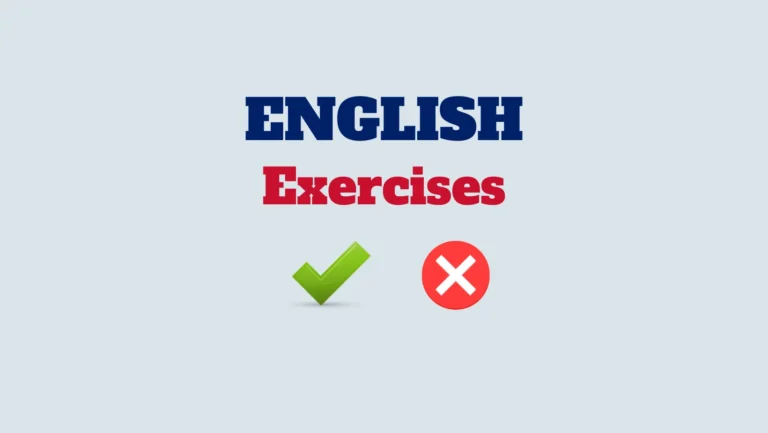Learning how to express embarrassment is important for honest and transparent communication.

In this lesson, we will explore different ways to express embarrassment in English, using appropriate words and expressions to communicate your feelings.
Expressing embarrassment:
I’m embarrassed – Expressing personal embarrassment
“I’m embarrassed” is a simple expression to indicate that you feel embarrassed.
Example:
I’m embarrassed that I forgot your birthday.
I don’t know where to put myself – Indicating profound embarrassment
“I don’t know where to put myself” is used to express profound and awkward embarrassment.
Example:
When he sang off-key, I didn’t know where to put myself.
This is awkward – Signaling general embarrassment
“This is awkward” is used to describe an embarrassing situation in a general sense.
Example:
It’s awkward to make a mistake in public.
Expressing more specific embarrassment:
I’m blushing with shame – Showing a physical reaction
“I’m blushing with shame” means that you are blushing due to embarrassment or shame.
Example:
When I was complimented, I blushed with shame.
I wish I could disappear – Expressing the desire to escape
“I wish I could disappear” is used to express the desire to leave an embarrassing situation.
Example:
When I realized I was late, I wished I could disappear.
I feel foolish – Showing a sense of stupidity
“I feel foolish” expresses the feeling that you acted foolishly or clumsily.
Example:
I feel foolish for spilling my coffee.
That was clumsy of me – Acknowledging clumsiness
“That was clumsy of me” is used to acknowledge that you acted clumsily.
Example:
It was clumsy of me to say that.
Expressing embarrassment in English is essential for authentic communication. Choose the response that best fits what you feel and the situation. Practice regularly to strengthen your communication skills in English. Happy practicing!



